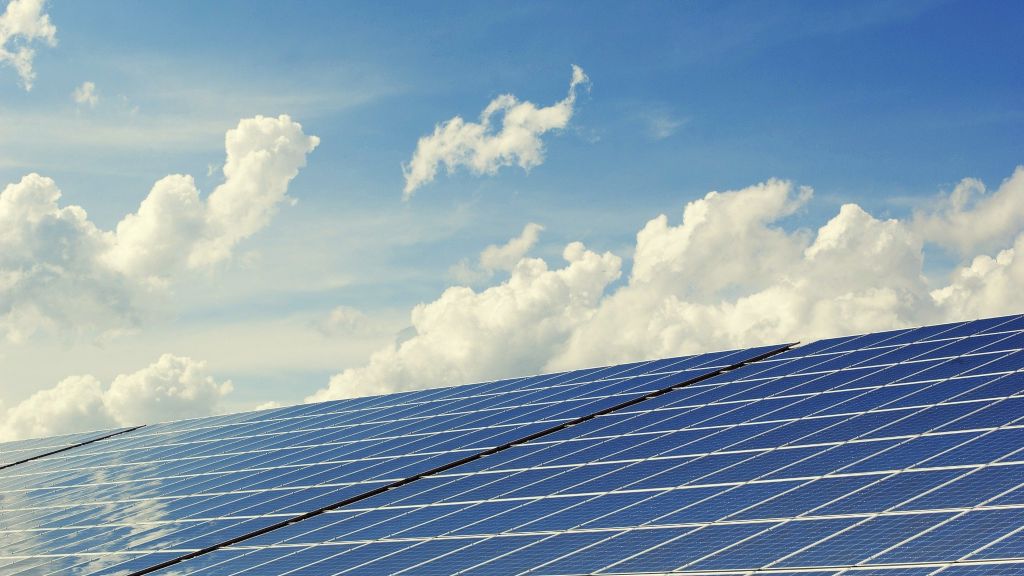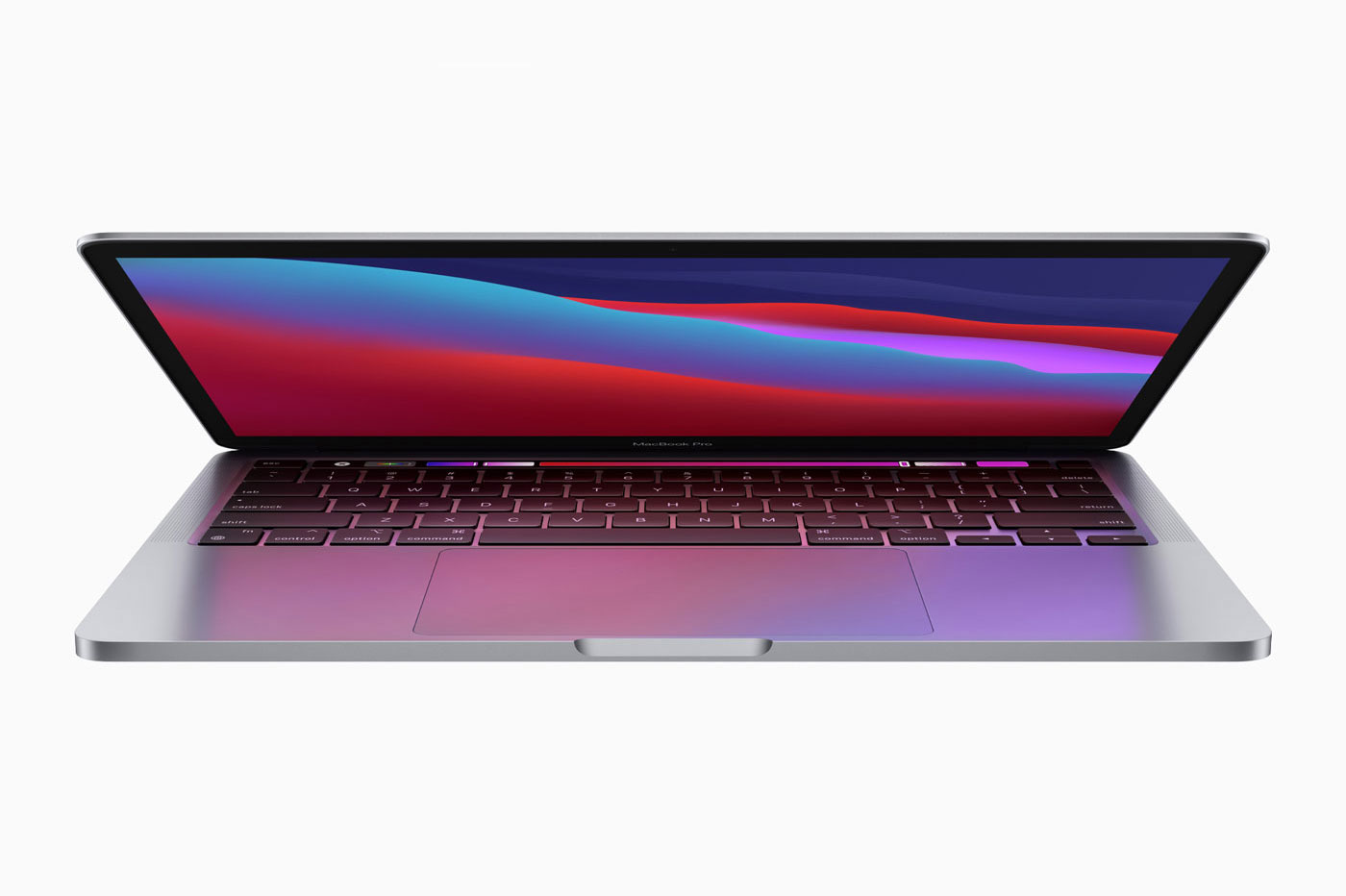
The rise in the price of electricity it has fully affected Spanish families. According to the Institute for the Diversification and Saving of Energy (IDAE), households consume about 4,000 kWh, an amount that triples that of the 1980s.
However, progress has been made in the way in which this energy is produced, because, although most of it comes from fossil fuels, the production of renewable energies is increasing, occupying 44% of the total generated in our country in 2020 , as detailed in the 2020 annual report of the Red Eléctrica de España (REE).
Due to this increase in consumption, it is necessary to highlight the importance for society of developing a citizen awareness that advocates managing electricity consumption in a responsible manner, enabling both savings in electricity bills and a more sustainable behavior with the environment. To this end, the IDAE affirms that these measures will be more effective the easier they are to carry into daily life, the more information on how to implement them and the consequences of their actions, as well as raise awareness about the need to eliminate those habits that promote energy waste.
As a result of this, and on the occasion of World Savings Day, celebrated on October 31, from the after-sales company Anovo they want to value what issues should be taken into account when acquiring a clean energy generation equipment, such as solar energy self-consumption equipment, this type of energy being one of the most profitable in Spain thanks to the average of 2,500 hours of sunshine that the country has per year:
1. Electric consumption
The first step before purchasing solar energy equipment is to check the annual electricity consumption on the electricity bill, as well as the contracted power, which will indicate the number of kWh that can be used simultaneously.
2. Available space
One of the most necessary resources when installing this type of equipment is the space available for its establishment. It is very important to know exactly how much space is available and what type, so as to facilitate the calculation of the number of solar panels that can be installed and even their efficiency.
3. Choice of an ‘on grid’, ‘off grid’ or hybrid inverter
This is one of the most important steps, since the inverter is in charge of taking the solar energy from the panels, transforming it into alternating current to be consumed. The difference between an ‘on grid’ and ‘off grid’ inverter will be the presence of the electrical network, being necessary for the first and not necessary for the second. For its part, the hybrid model works in both circumstances.
4. Efficiency of solar panels
They will be in charge of collecting the raw material, and the collection will depend on the capacity they have. For this reason, they could be standard efficiency panels, which are the majority and whose efficiency ranges between 17% and 18%, or high-efficiency panels, whose efficiency ranges between 19% and 23%
5. Maximum power
The peak power of solar panels is the maximum energy they can produce at any given time under standard conditions, meaning that the higher the power, the more electricity it will provide.



